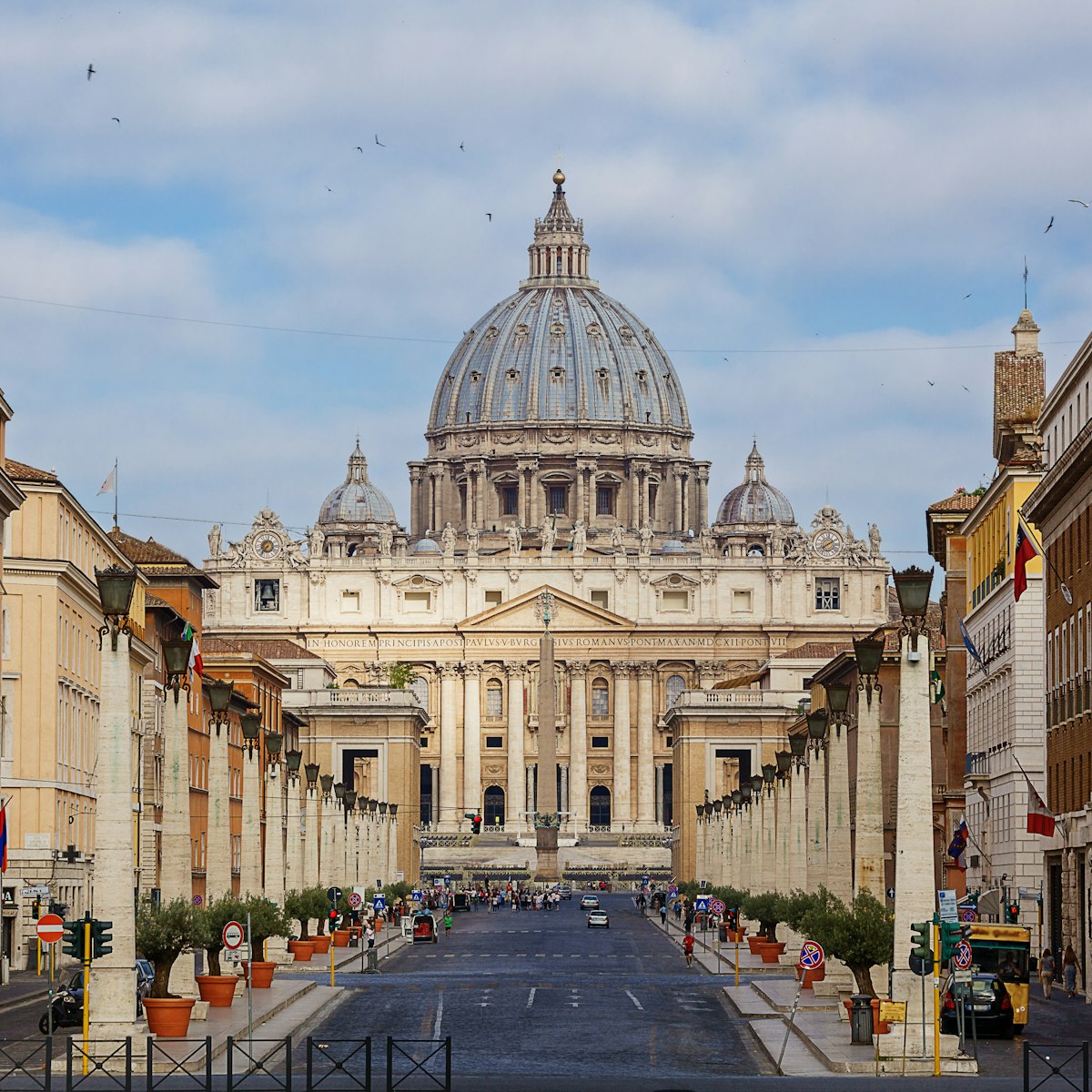St Francis is said to have stayed here in 1219, and in his cell you can still see the rock that he purportedly used as a pillow and his crucifix. Rebuilt several times, the church's current incarnation dates from the 1680s. It contains one of Bernini’s most daring works, the Beata Ludovica Albertoni (Blessed Ludovica Albertoni; 1674), a work of highly charged sexual ambiguity. Note how the marble has been transformed into flowing robes.
Tucked in the left transept, the sculpture shows Franciscan nun Ludovica in a state of rapture as she reclines, eyes shut, mouth open, one hand touching her breast; pop a €1 coin into the slot to illuminate the statue. Amid the assortment of random religious icons, the 17th-century church also contains, in its right transept, the impressive 18th-century Rospigliosi and Pallavici sculptural monuments. To peep into Saint Francis' cell, seek out a curator.







